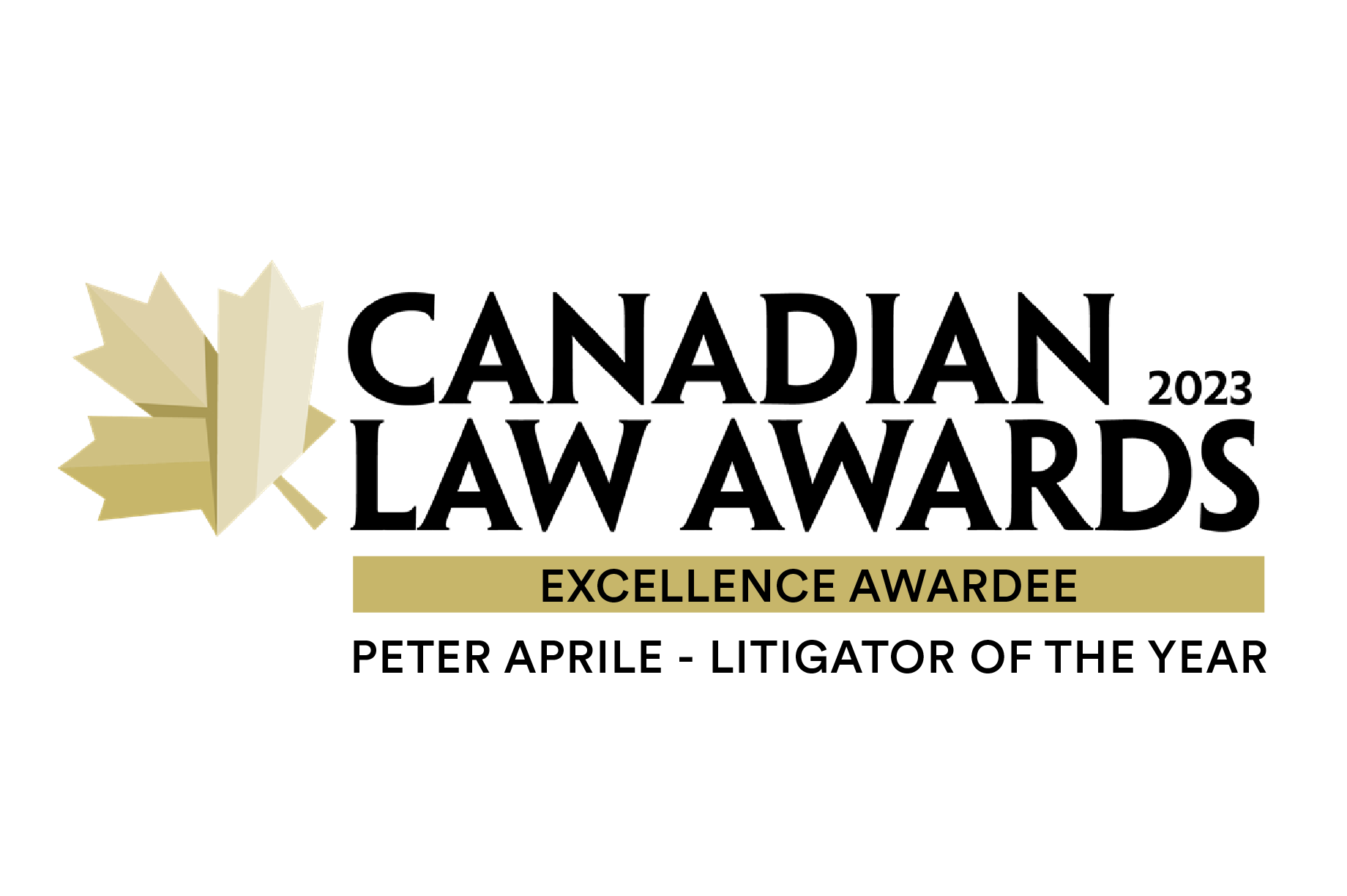
Executive Summary
Canada’s tax-dispute system operates without a coordinated design function. Institutions participate from their own vantage points, with different incentives, responsibilities, and levels of representation. No group integrates these perspectives or assesses how procedural changes influence the system as a whole.
This note builds on recent analysis of the system’s architectural gap and examines one element in greater depth: the absence of a mechanism to evaluate system-level effects and integrate taxpayer perspectives across segments. It outlines the gap, the pressures that arise from the current model, and several institutional forms such a function could take. The purpose is to support discussion rather than prescribe a solution.
The Structural Gap
Multiple institutions contribute to the tax-dispute system, e.g., the CRA, DOJ, the Tax Court, the private bar, and professional bodies. Each carries a legitimate mandate. However, responsibilities are distributed in a way that leaves no institution accountable for:
- assessing system-wide implications of procedural changes
- integrating the experiences of different taxpayer segments
- maintaining coherence between the Informal and General Procedures
- balancing the incentives that shape system behaviour
This creates a structural gap in system-level visibility. Procedural changes often move through narrow institutional pathways, reflecting the priorities of the advancing institution rather than a shared design lens.
Existing Bodies and the Coordination Gap
Current institutions hold important mandates, yet none integrate taxpayer perspectives across segments or assess system-level design impacts.
| Institution / Committee | Primary Mandate | System-Level Role | Gap Relative to Design Function |
|---|---|---|---|
| Joint Committee (CBA–CPA) | Technical commentary | Input on discrete changes | No cross-segment or system-level review |
| Tax Court Bench & Bar | Procedure dialogue | Operational refinement | No cross-procedure or design analysis |
| CRA | Administer enforcement | Operational lens | No mandate for system design effects |
| DOJ | Represent Crown | Litigation lens | No integration of taxpayer perspectives |
| Tax Court | Adjudication | Neutral decision-making | Not a design body |
| Professional Associations | Practice guidance | Information sharing | Not structured for system analysis |
| Private Bar | Client representation | Case-level insight | No aggregation of cross-file patterns |
Observations
• Institution-bound scopes
• No cross-segment integration
• No system-level design review
• Effects of changes remain siloed
• Illustrates the structural coordination gap
Why Cross-Segment Visibility Matters
Taxpayers experience the dispute process differently. These differences create distinct capacities, constraints, and sensitivities to procedural change.
Key segments include:
- informal-procedure users
- taxpayers near the informal–general boundary
- general-procedure litigants
- mid-market businesses with governance and financial exposure
- institutional stakeholders observing cross-file patterns
The current governance model does not integrate these perspectives. Without a coordinated view, system effects remain siloed, and changes in one area can produce unintended consequences in another.
Taxpayer Segments and System Visibility
Distinct groups interact with the dispute system differently, yet no structure integrates their perspectives into design decisions.
Segments
• Informal Procedure users
• Split-stream cases
• General Procedure users
• Mid-market taxpayers
• Institutional stakeholders
Observations
• No integrated cross-segment view
• Siloed impacts
• Limited visibility across procedures
• Highlights the need for coordinated insight
Pressures in the Current Model
The absence of a coordinating function creates predictable pressures:
- asymmetric visibility into taxpayer experience
- institution-driven reform focused on operational constraints
- limited cross-procedure analysis
- fragmentation when changes advance without shared design principles
- imbalance when efficiency gains accrue to one part of the system without parallel commitments elsewhere
These pressures are structural and reflect the distribution of mandates.
Perceived Pressure Points in the System
Practitioner polling provides a useful perception signal of where system pressure is felt.
Respondents highlighted conduct and accountability and design-and-coordination gaps far more often than procedural topics. Procedural access topics, including Informal Procedure access, drew limited attention in comparison.
Nota bene: The poll is not empirical evidence, but the pattern of perceptions aligns with the structural pressures outlined in this note and reinforces the need for system-level visibility.
What a Coordinated Design Function Could Offer
A design function would not replace existing institutions. It would supplement them by providing:
- structured assessment of cross-segment effects
- visibility into interactions between Informal and General Procedure
- a neutral basis for evaluating procedural proposals
- insight into system polarities and incentives
- continuity across review cycles
The emphasis is on analysis, coherence, and system-level visibility.
Possible Institutional Options
Several structures could fulfill this role. The specific form matters less than the presence of a stable, neutral mechanism.
- System Design Council: Practitioner-led, focused on system-level impacts.
- Standing Committee on Dispute-System Design: Within an existing professional institution, focused on tax dispute architecture.
- Research-Driven Collaborative: Independent, analysis-only, producing structured insight across procedures.
Each model emphasizes coherence and system-level visibility.
Potential Roles of a Coordinated Design Function
A neutral mechanism focused on coherence and system-level visibility.
Possible contributions
• Assess cross-procedure impacts
• Map taxpayer-segment effects
• Identify emerging pressures
• Strengthen design discipline
• Provide continuity in system understanding
Considerations for Discussion
Questions that may guide further examination include:
- What principles should govern system-level review?
- How should cross-segment perspectives be gathered and synthesized?
- What scope of analysis is most useful?
- How can neutrality be maintained?
- What structure offers the right blend of expertise and credibility?
These questions can support a constructive dialogue among stakeholders.
Conclusion
A coordinated design function could help strengthen coherence and predictability in Canada’s tax-dispute system. This note outlines the structural gap and presents several potential models that may address it. The aim is to support further discussion and contribute to a broader examination of how system-level insight could complement existing institutional roles.
About the Counter Institute
The Counter Institute is the independent research and policy arm of Counter LLP. Its work focuses on system design, governance, and accountability in tax dispute resolution. The Institute produces independent research to surface system patterns, strengthen understanding, and inform principled improvements in Canada’s tax dispute system.
Media Contact:
Natalie Worsfold
Communications Lead
Counter Insitute
Email: nworsfold@countertax.ca

.jpg?width=120&name=Counter%20Tax%20Litigators%20Logo%20Stacked%20(MidnightBlue%20on%20White).jpg)








.png?width=400&height=400&name=CT-How_Can_We_Help-22_july_NewGraphic_b(small).png)

.png?width=1386&height=1224&name=2025%20Legal500%20Elite%20Boutique%20Award%20(Badge).png)
.png?width=1386&height=1224&name=ITR%20Finalist%20Practice%20Leader%20of%20Year%20Peter%20Aprile%202024%20(Badge).png)
.png?width=1386&height=1224&name=2025%20Legal500%20Leading%20Firm%20Client%20Satisfaction%20Award%20(Badge).png)





.png?width=1386&height=1224&name=ITR%20Tax%20Innovator%20Finalist%202024%20Award%20(Badge).png)




